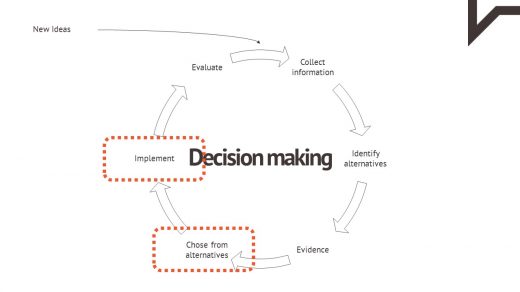
Now we see more and more companies claiming that machine learning (ML) is their competency. But at the same time, for many non-technical people, and even for some developers, ML remains to be kind of a magic. ML is just a term, covering some well-known portion of algorithms based on optimization theory and models borrowed from statistics and probability theory. The abundance of different methods may be frighting, but let’s first move ahead with something simple.
In this short post I decided to share a list of different APIs already developed and available in the market. These API and services are able to solve some basic problems, related to Machine Learning, such as image classification, clustering of tweets or even regression problems showing hidden relationships in data.
Machine Learning API for Making Data-Based Prediction
- Ersatz : a web-based machine learning program that can automate recognition tasks that previously required human interaction. The Ersatz platform can be used or model & data visualization, team collaboration, and GPU computing, all from within a browser.
- AlchemyAPI: Offers Artificial Intelligence as a Service. Use in transforming unstructured data into structured especially in social media monitoring, business intelligence, content recommendations, financial trading and targeted advertising.
- Alina: Machine learning as an intelligence-as-a-service provider. A live mashup that consumes Alina demonstrates the API’s ability to use genetic algorithms and artificial neural networks to analyze historical Bitcoin price fluctuations to predict and automate future trading.
- Amazon Machine Learning: To find patterns in data. Example uses of this API are applications for fraud detection, forecasting demand, targeted marketing, and click prediction
- BigML: BigML is a service for cloud-hosted machine learning and data analysis. Users can set up a data source, create a dataset, create a model from the dataset, and then make predictions based on the data.
- Google Prediction: brings the power of machine learning to anyone. Upload your data and build a model to train the system by showing it the right answer for known items. When the system is trained, you can have it make predictions.
- Guesswork: Guesswork predicts customer intent accurately using a semantic rules engine that runs on top of the Google Prediction API.
- IBM Watson: Select group of partner developers are exploring the cognitive capabilities or human-like capacity of Watson in areas like image recognition, language processing and reasoning services. Noted examples are “medical diagnostic apps” that read through millions of research papers and “IBM Watson Engagement Advisor” a learning app to help veterans answer complex questions.
- IBM Watson Retrieve and Rank: uses machine learning to enhance information retrieval by looking for “signals” in a given collection of data. Developers can load their data into the service, use known relevant results to train a machine learning model
- indico: turns raw text and image data into human insights. The indico API is free to use, and no training data is required
- PredicSis: Use PredicSis to upload a dataset, create a dictionary of variables, and design your predictive model.
- PredictionIO: PredictionIO is an open-source machine learning server. Example API methods include creating and managing users and user records, retrieving items and content, and creating and managing recommendations based on the user.
- Predictions: provides long-range predictions for travel and hospitality. It is powered by algorithms that ingest big data, compare all destinations at once and identify where the best conditions for vacations, sports and activities are, anywhere in the world, with months in advance.
- Windows Azure Machine Learning Recommendations: The Azure Machine Learning Recommendations service provides solutions based on predictive analysis. By additionally offering data to consume, the API features models, catalogs, features, usage data, and notifications with the purpose to build machine learning solutions on the cloud.
- Wise.io: helps developers to integrate handwritten digit recognition, spam filtration, political party affiliation recognition, and activity recognition with sensor data as mentioned in the examples of the website.



